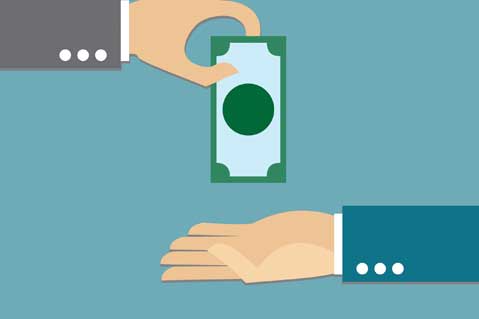June 02, 2016
Consumer Spending Sees Biggest Increase In Six Years
A report released on May 31 by the U.S. Commerce Department states that consumer spending, which accounts for more than two-thirds of economic activity in the country, rose 1.0% in April, the biggest increase in over six years. This comes as consumers invested in a range of goods and services, including automobiles. Strong gains in housing prices and a strengthening labor market, which is pushing up wages, will continue to support consumer spending.

The April increase was the largest since August 2009, and comes after experts had predicted a rise of just 0.7%. The Commerce Department report, along with data on goods exports, industrial production, housing starts and home sales, indicates that the economy is regaining momentum after growing at a 0.8% annualized rate in Q1.
While additional data on Tuesday indicated that consumer confidence decreased in May, including a report from The Conference Board that showed its consumer confidence index slipped to 92.6 in May from 94.7 in April, the April acceleration in growth could influence the Federal Reserve’s decision to raise interest rates. Fed Chair Janet Yellen said on May 20 that if the economy continued to grow and the labor market added jobs, a rate hike would be appropriate in the “coming months.”
In the report from The Conference Board, the number of respondents stating that jobs were “plentiful” stayed flat from April to May at 24.3%, while those stating jobs are “hard to get” increased to 24.4% in May from 22.8% in April.
“Consumer spending will continue to lead economic growth in 2016, as more jobs, rising wages and house prices give households more money to spend,” said Gus Faucher, deputy chief economist at PNC Financial in Pittsburgh, to Reuters.
In April, consumer spending was bolstered by an increase of 2.3% in purchases of long-lasting manufactured goods, mostly automobiles. Meanwhile, purchases of nondurable goods jumped 1.4% and spending on services increased by 0.6%. Personal income increased by 0.4% in April after rising by the same margin in March, and wages and salaries rose 0.5% after rising 0.4% in March.
